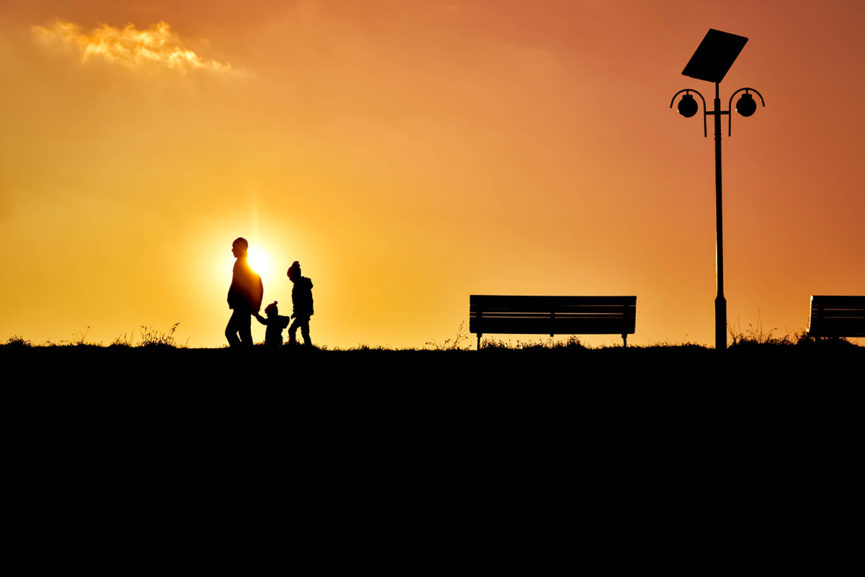In school, kids are taught world history and culture. They are shown various images and documentaries depicting different cultures and are told stories about them by people who have been there. Teaching them early helps them understand the interesting differences among peoples and cultures. But even with various media, sometimes learning from people’s second-hand experiences has its limits. So when schoolbreak comes and you have enough resources, put down the textbook and let your family experience a different culture firsthand! And what better way to do it than by traveling?
From History Textbooks to Real Life
Our neighbors in Southeast Asia have some of the most interesting cultures and histories – some devoid of their neighbors’ influences, while others are completely intertwined with each other.
In history class, we learn that economics and religion are the two most common things that bring countries together. Transportation of either goods or ideologies from one place to another builds roads, communities, relationships, and partnerships. One of such is the famous tri-city route in Southeast Asia composed of Bangkok (Thailand), Siem Reap (Cambodia), and Ho Chi Minh (Vietnam).
On planning your family-organized out-of-classroom learning activity with your kids, get ready by brushing yourself up with the facts. Not only do you have to respond to your children’s inquisitiveness, an additional knowledge isn’t too shabby as well. Let us help you on that, starting with Cambodia’s more famous city (more than its capital at least), Siem Reap.
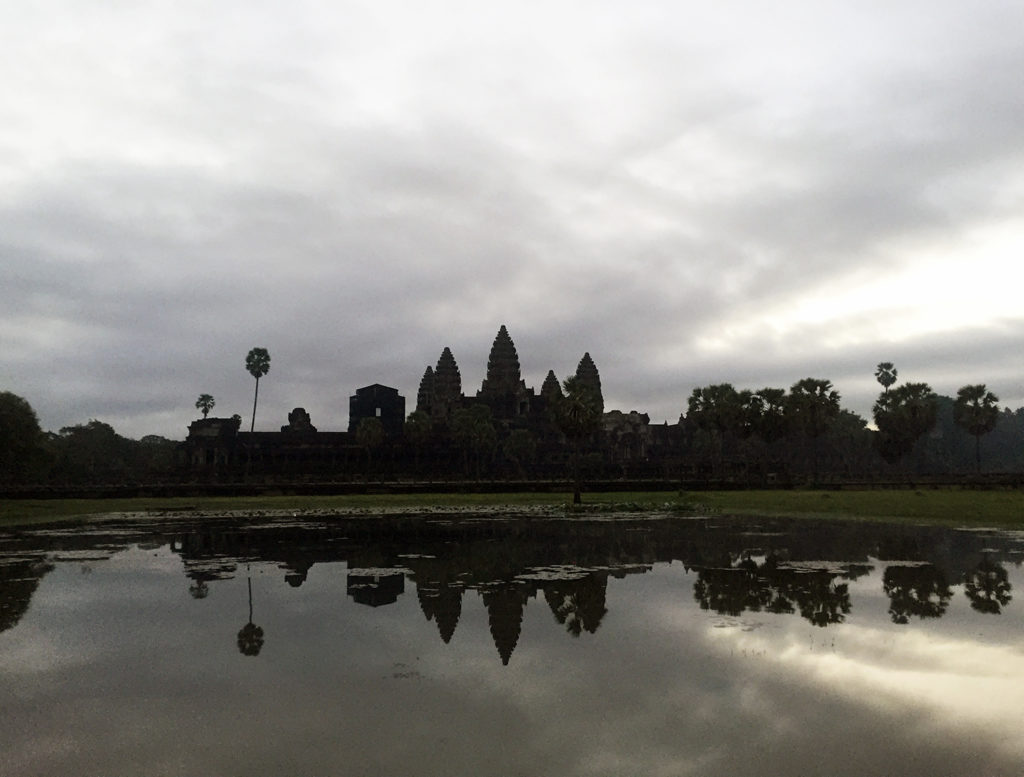
The name Siem Reap literally means ‘Siamese Defeated’ and houses the UNESCO World Heritage Site, Angkor Wat.
Angkor was the capital city of the Khmer Empire flourishing as a megacity from approximately the 9th to 15th centuries. In 1907, when Angkor was under French control, Siem Reap began receiving tourists with the temples of Angkor as its foremost attraction. It, however, entered a long slumber during the onslaught of the Khmer Rouge, waking up only in the mid-1990s.
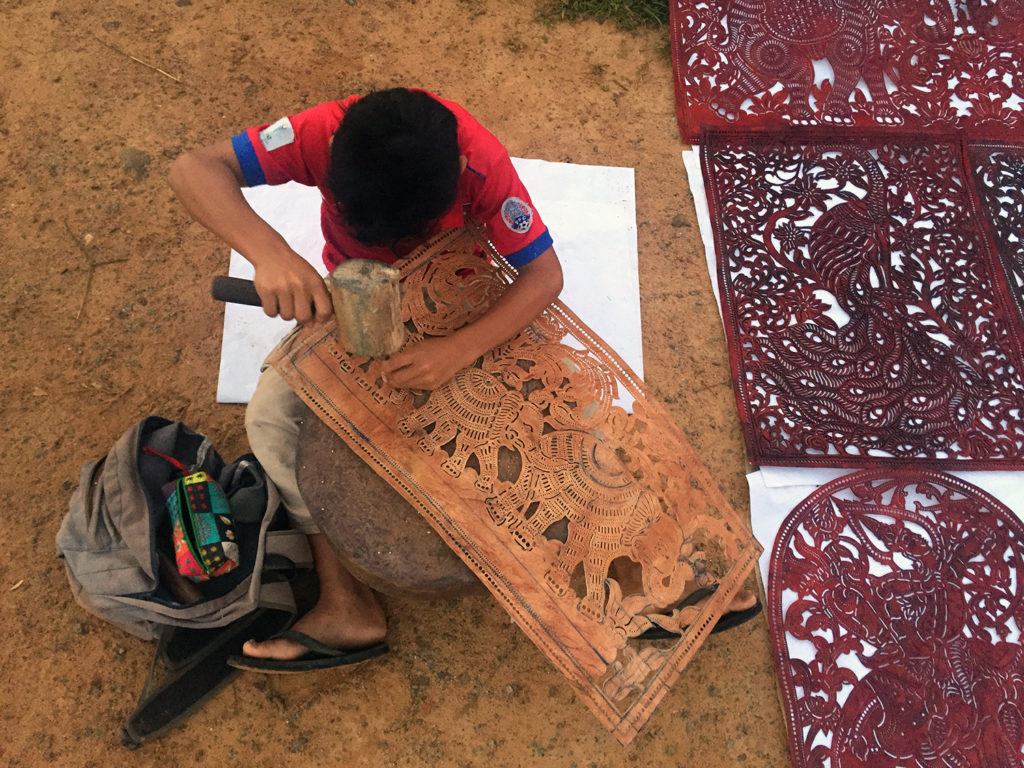
With a heavy influx of tourists entering the province daily from either air or land ports, tourism has easily become the lifeblood of Siem Reap. Their local tourism players have also been learning from the mistakes of other regional destinations so that it is much more regulated in Siem Reap these days. And the Angkor Archeological Park takes center stage even as it stays deep in the forests of Siem Reap.
Angkor Wat is just one of the many surviving temples and structures in Cambodia, but it is the most revered and even appears in the country’s national flag. The temple is a huge architectural marvel with walls and galleries that tell tales of Cambodian history and legends.
Let your children walk through the galleries as you try to recall the history lessons you had in school. You can also hire a tour guide in the park itself for more in-depth storytelling.
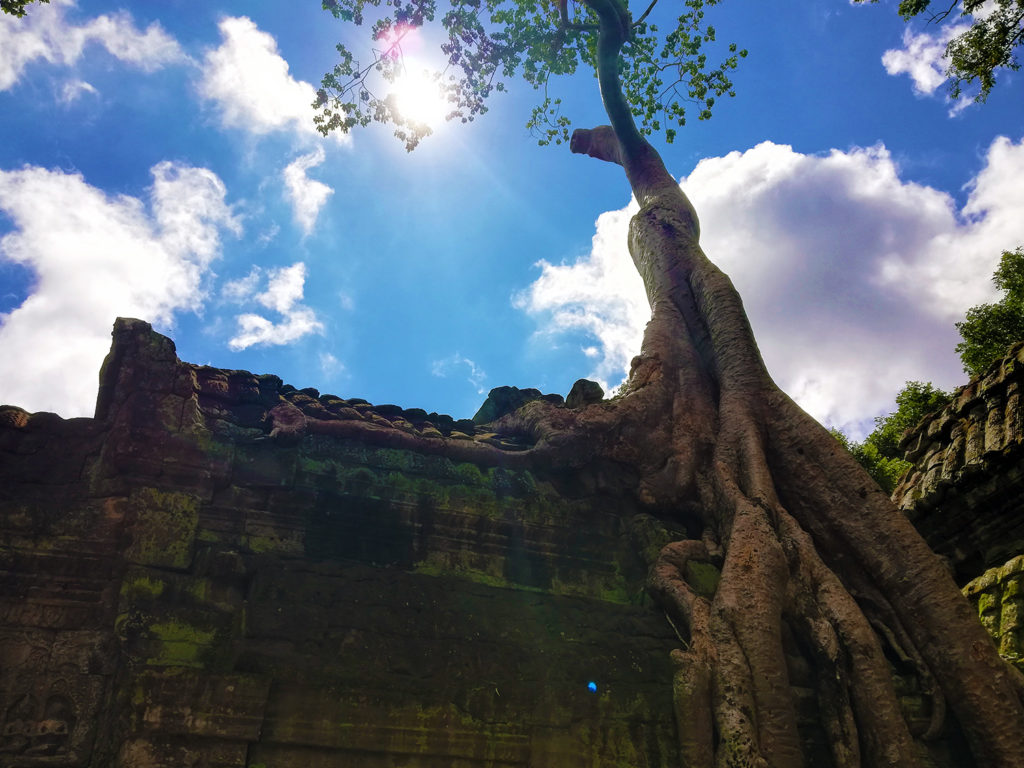
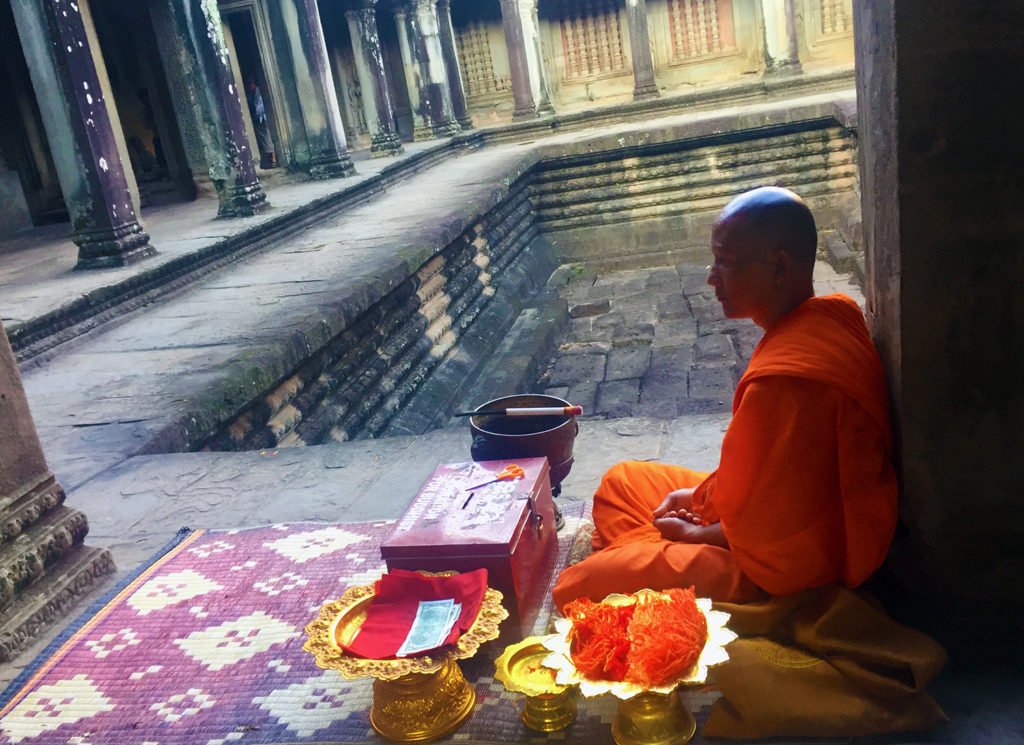
This is a good opportunity to teach your kids respect of other people’s beliefs and culture. Let them observe when the monks pray and meditate. Don’t just bring them to international fast food chains; let them try the local cuisine. Walk with them around town and ride the local modes of transportation. Shop for art and toys they have manufactured locally. And before you continue your journey, ask them what they have observed so far and how these are different or similar to your own practices back home.
Crossing Borders
Continuing to a second destination is completely up to you and your budget. No worries though if you have decided to do so. Crossing the Cambodian border (to or from Vietnam) is relatively easy. There are a lot of tour operators that offer safe, affordable, and easy access to the neighboring countries via bus. If you want to fly, it will be the same procedure as how you left the country. Just never forget your family’s travel documents all the time.
One of the pros of traveling via bus or crossing a land border is you get your children to compare this experience with crossing borders from an archipelago like the Philippines. The biggest disadvantage with this though is the time it will consume. Anticipate boredom and questions like, “Are we there yet?”
But once you get there, all your trouble would be worth it. It’s a different culture altogether and another one to check off your history books. Our next featured city has an equally interesting history as Siem Reap.
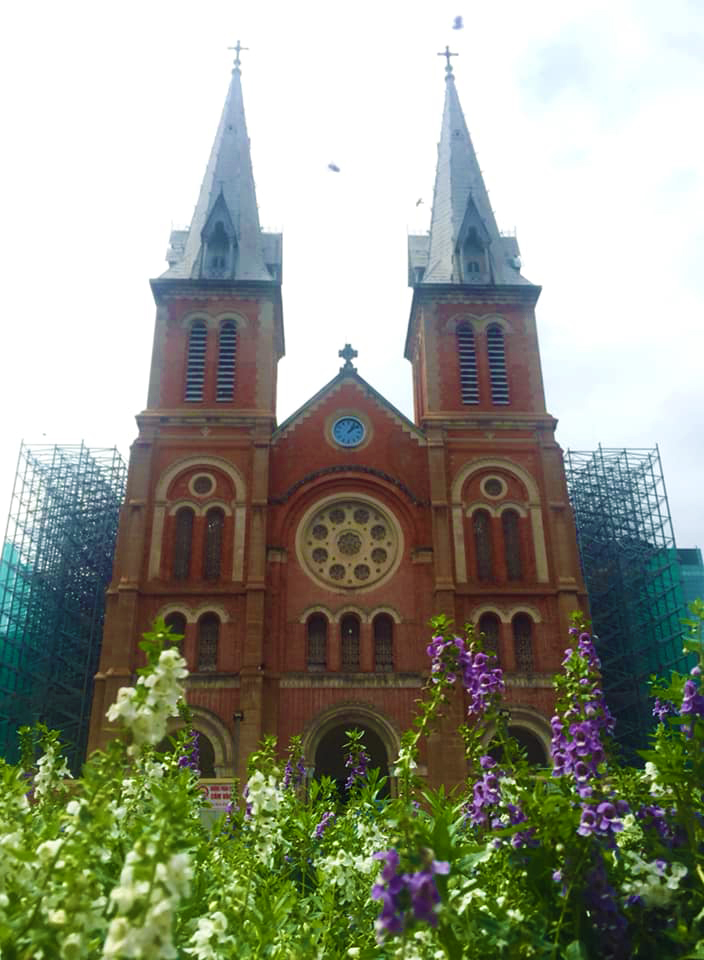
Ho Chi Minh City, formerly known as Saigon, is the country’s largest city located in South Vietnam. There are a lot of museums, parks, and post colonial establishments to visit in HCMC. You’d surely get wide-eyed reactions from your kids when they see how busy this city is. Motorbikes honk in a tidal wave across clogged intersections, leaving but a few other vehicles on the road. Make sure to hold their hands when you cross the road to keep them safe!
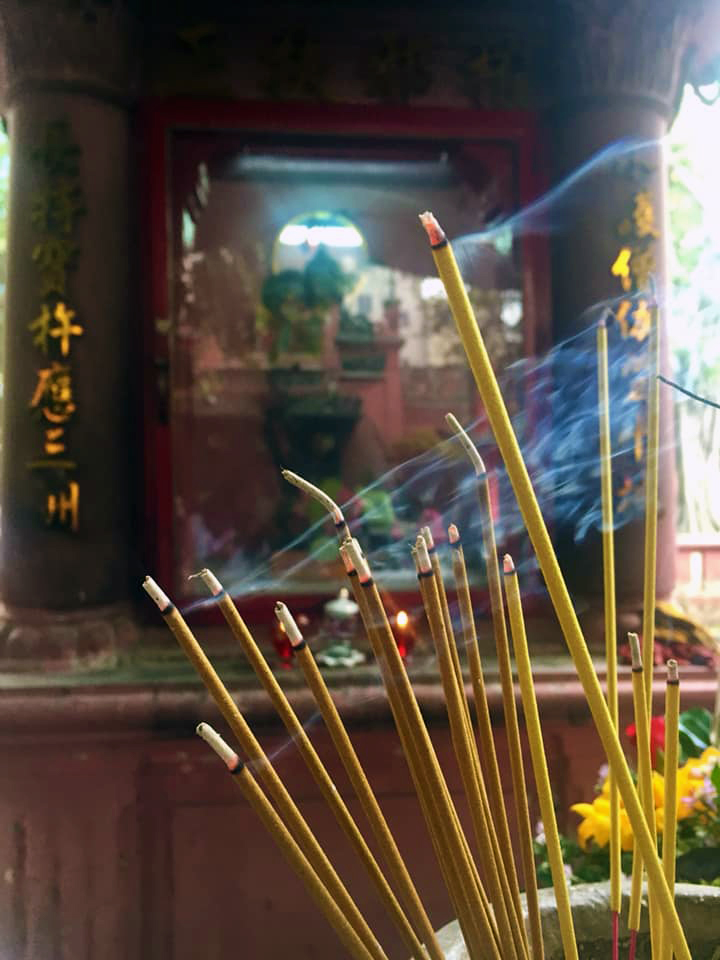
HCMC is where old meets new. Temples share the same neighborhood as skyscrapers and designer shops. Nineteenth century European architecture house Starbucks, Coffee Bean, and other coffee shops and restaurants. Locals crouch on street corners slurping bowls of pho from the earliest of the morning to just before the sun sets in the evening. Green-uniformed men park in the corner, waiting for their next Grab Motorbike client.
It’s not all hip though. In addition to this fascinating cultural jolt are intriguing tourist spots like the War Remnants Museum chronicling the horrors of the Vietnam-American War. The museum has a series of exhibits and galleries recalling the experiences of this battle-worn nation. It can be chilling reading the stories and looking at the photo exhibits.
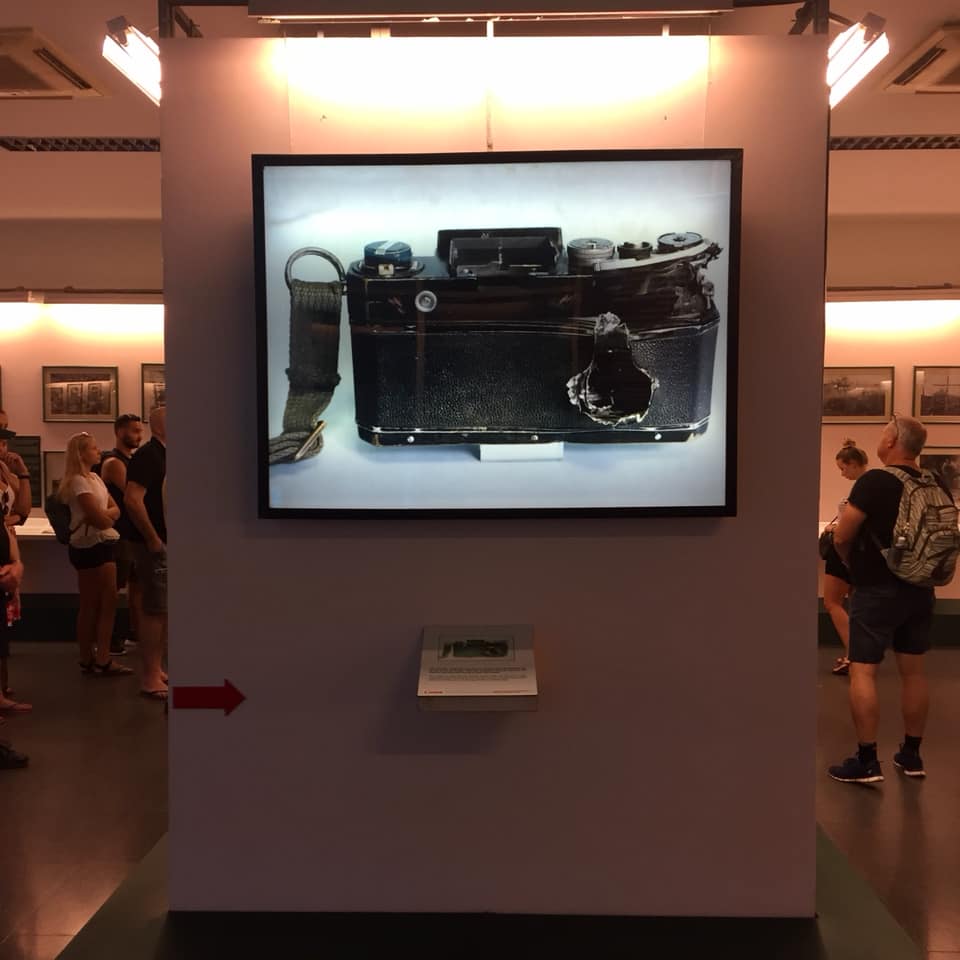
Children are welcome inside the museum, but parents, be ready for hard questions like “Why is there war?” or “Why did innocent people have to die?”. Take this as an opportunity to educate them of the realities of the world. Inspire them to be a light instead of adding further destruction; of dreaming of building nations instead of tearing them apart; and ultimately, of guiding them to become a positive change even on a much smaller scale like in your homes or in their school.
You might need a little debriefing after a trip to the War Remnants Museum. We suggest sampling the local cuisine– pho, goi cuon (spring rolls), banh mi, and banh xeo (sizzling pancake) to name a few. Vietnamese cuisine is one of the world’s favorites. Even the late chef Anthony Bourdain fell in love with it, so make sure you try those out!
Vibrant Bonus
Got energy for one more city? Last on the list is the most vibrant and diverse of the three– Bangkok.
Bangkok is the capital and chief port of Thailand. It is also the country’s cultural and commercial district. As it is a melting pot of culture, it is also a melting pot of every family member’s interests– from all sorts of traveler types to every age as well. There are aquariums, art galleries, theme park, safaris, and parks all over Bangkok. Since we are on a cultural discussion, however, let’s stick to that.

Bangkok’s temples are called wat and are the most important cultural feature of the city. There are several temples with the classic yet extravagant style of Thai architecture. Most wats are enclosed by walls while many have leased a portion of their grounds for residential or commercial use. A number of these wats were built during the first half of the 17th century. They have served as schools, libraries, hospitals, and recreation areas, as well as religious centres then.
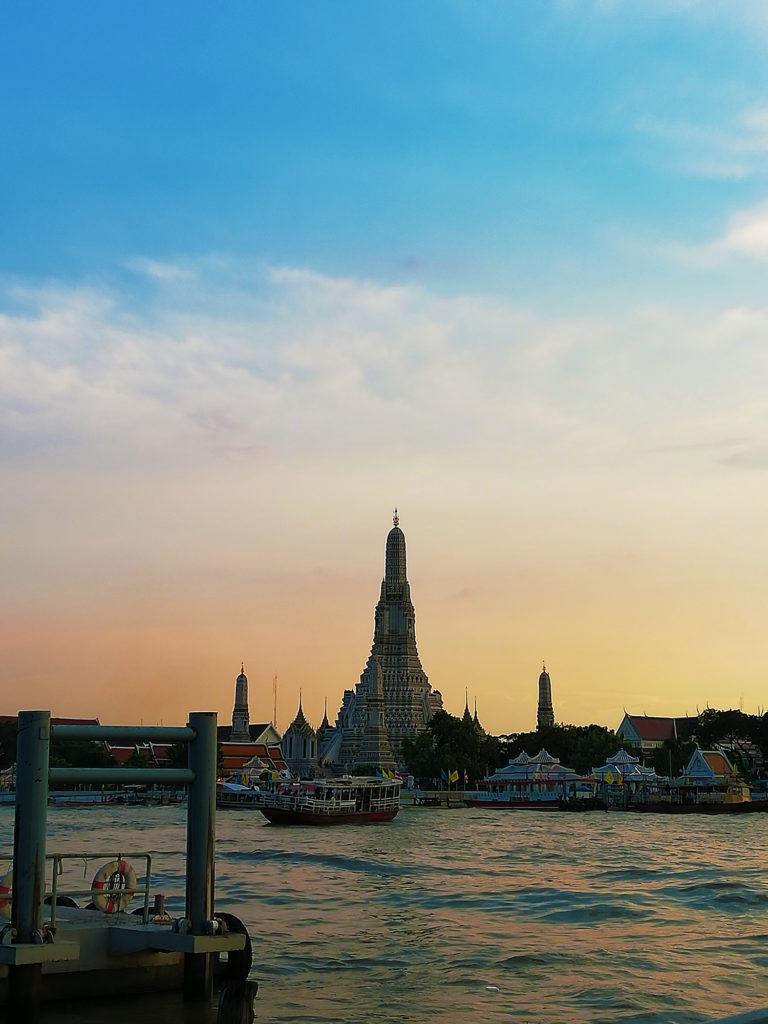
One of the famous wats in Bangkok is Wat Arun. It’s the temple featured in the 10-baht coin. Sitting on one side of the river, Wat Arun is also called the Temple of the Dawn.
Wat Arun is part of a large complex which houses lovely white buildings, shrines, ponds, and tiny lanes. Go across the river before sunset for a beautiful sight of the temple during the golden hour.
Also remember that you are not allowed to enter the complex in your shorts and sleeveless shirts so be reminded of this when visiting temples.
Wrap Up Your Tour
The goal of your little family adventure is to teach your kids that learning doesn’t only happen in the four corners of their classrooms, but everywhere, all the time, if only they are willing to learn the lesson.
Just before you wrap up your vacation cum field trip, casually ask them what they have observed, what they liked most, and what they would like to change in what they saw or experienced. Don’t pressure them to give you profound answers. They are children (or teens) after all. Make it conversational. You might just be surprised how well they observed the world around them.
It probably won’t be easy. Anything that gets your children to leave their comfort zones rarely is. You have to plan your itinerary, book your transportation and accommodations, pack enough basic essentials, not to mention save up for it. Additionally, you have to be always on guard, mindful of others and your family, and reserve a lot of patience.
Despite all of these is a promise of building something memorable with your young ones– it will be you showing them the world, not the internet or their textbooks; you who will allow them to broaden their taste – not some Facebook or YouTube culinary video; you who will show them patience when they cry out that travel is taking way too long; and you who will say all the trouble is worth it when you see their eyes light up with every new experience they have.
TRAVEL TIPS:
- Check the weather conditions before you book your flight.
- Bring medicines all the time so as not to panic and be troubled by language barriers when these are needed during your travel.
- Weather in Southeast Asia is almost the same as in the Philippines – so hydrate, hydrate, hydrate. It’s okay to bring water to most attractions, even in museums. Still, double check the guidelines before entering the premises.
- Check websites beforehand. Plan your itinerary before leaving the country, but don’t overplan up to the last minute. Leave some room for spontaneity (your kids might also want to rest at some point too).
- Give your kids a little brief of what they would expect such as the weather, travel time, etc.
- Long trips like these are best for your older children, teens and above, as they are the ones who have already read and studied Asian history in their classroom.

Almira Manduriao does content marketing by profession, works with nonprofits and social enterprises to strengthen their cause, and advocates for the protection of women & children in the country. She travels to collect local paintings, eat whatever’s on the menu, and get lost in crowded train stations.

